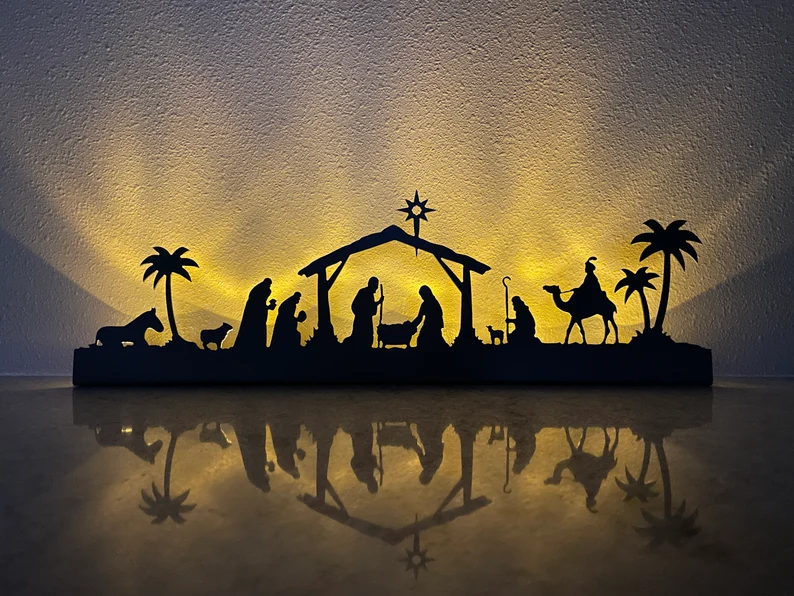
KNOBLE MOTO NOTES: Clutch Adjustment
Getting your clutch set right can be a challenge. Here is my basic tutorial on the process.
Your clutch has springs that keep all the plates pressed together. This mechanically links the engine to the transmission.
When you pull your clutch lever, the lever pulls a cable, the cable pulls on a linkage that presses against springs, and that releases the pressure that holds your clutch plates together. Release the lever, and the springs take over, press the clutch together again and lock the assembly up.
If your clutch cable does not get pulled far enough, the clutch will not fully open. This will cause the bike to want to pull forward when the lever is pulled. This will make shifting either difficult or impossible. Also, if your bike is difficult to get into neutral, it could be because your clutch is not fully opening when the lever is pulled. The drag from the clutch will hold a tension on your transmission gears.
If your clutch cable is too tight, the pressure will never fully release from the clutch springs. This means your clutch will never fully lock up, and then it will slip when the engine is trying to move the motorcycle.
To adjust your clutch, we will look at the common adjustment points.
Most metric bikes have two adjustments in the clutch cable, one being a major adjuster in the middle of the cable that is generally located under a rubber boot. Then there is a fine tune adjustment at the clutch lever, or at the transmission.
Harley’s just have one adjuster in the middle of the cable, under a rubber boot.
If you have a fine tune adjuster, set it to ¾ of the way in. This leaves range for fine tuning and cable stretch.
On your major adjuster, break the lock nut free and extend the adjuster to the point that the clutch lever is pulled against the lever mount. Back the adjuster off until the lever has a very small amount of play. This small amount of play ensures that all the pressure has been taken off your clutch springs.
At this point cycle the lever a few times. Make sure nothing feels as if it is binding anywhere in the lever stroke. Then lock down the jam jut on the major adjuster and pull the rubber boot over the adjuster. If you have a fine tune adjuster, now would be the time to lock down the jam nut there as well. Check the clutch lever for proper movement again.
Ride it! All repair work is really about the test ride anyways. Small adjustments can be made at the fine adjuster but take some tools with you in case you have to make any other adjustments in a parking lot. If you find you are running out of adjustment on your cable, then your cable has probably stretched and is beginning to fail. Clutch cables are cheap, so replace it.
If you find the clutch hard to pull, or it does not quickly release, check the following:
Make sure the cable is lubricated. Drip a little cable lube or fine oil on the cable with the clutch pulled in. Then cycle the lever a few times.
Check for damage or kinks in the cable. If found, the cable should be replaced ASAP.
Check for hard turns or bends in the cable. This can cause the cable to bind inside the cable lining, making the lever hard to pull.
New cables are generally under $40. Don’t be too reluctant to replace them.
*If all of these fail to fix the problem, you may need to investigate the throw out bearing assembly on the clutch.
Thanks for reading. Ride fast and take chances.
Steve @ Knoble Moto
Knoble Moto is a partner of Skidmark Garage. We teach classes for the DIY crowd, on all aspects of motorcycle repair. Entry level maintenance, valve adjustments, carburetor cleaning and tuning, drive line service, suspensions, and even engine work. Our class subjects are updated regularly, so check back often. If there is a subject you do not see covered, shoot me an email at knoblemoto@gmail.com Find us on Facebook at www.facebok.com/knoblemoto, Instagram Knoble_Moto and www.KnobleMoto.com



